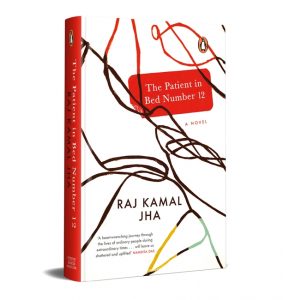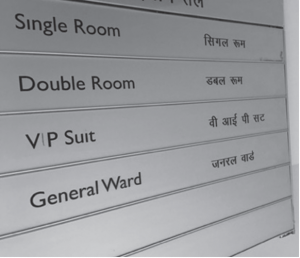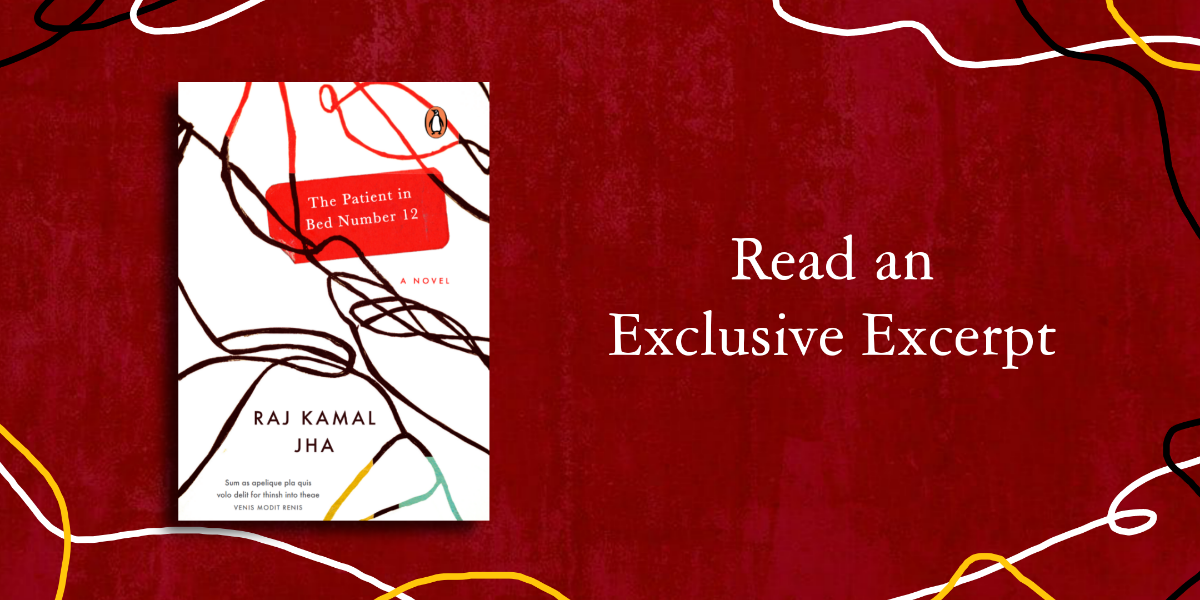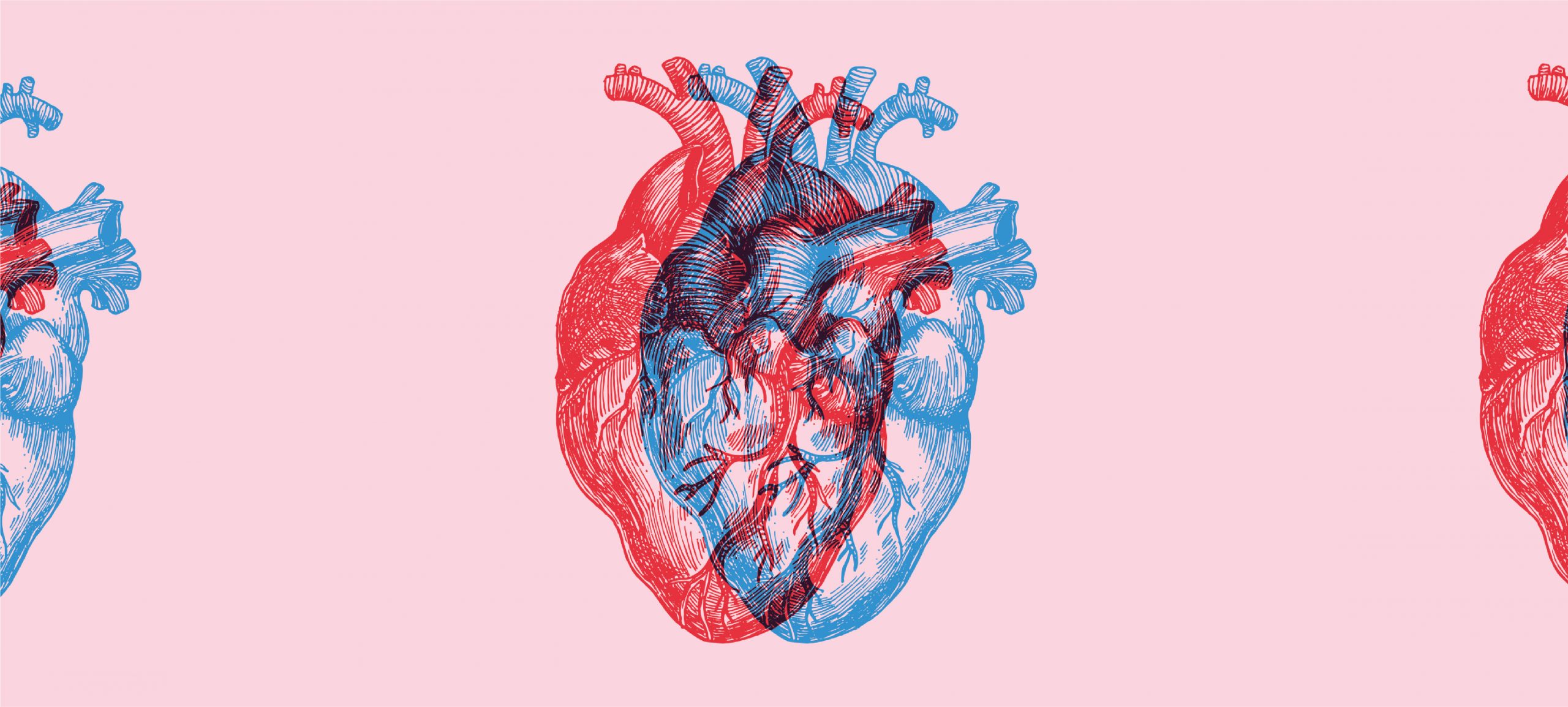In The Patient in Bed Number 12 by Raj Kamal Jha, a sick father’s journey through illness takes us on a captivating ride through modern India. Battling various health issues, he becomes the lens through which we see the hopes and struggles of everyday people.
Read this exclusive excerpt to witness the simple yet powerful storytelling, through which Jha paints a picture of a society where dreams clash with reality.

***
AND now so alone I lie here, intubated, my diagnosis: sepsis, shock, lower respiratory tract infection, pleural effusion, chronic kidney disease, altered sensorium.
Means sometimes I talk crazy.
In this city where once emperors held court and where today, within a kilometre of this hospital, there’s one Mall of India, one Big Bazaar, one KFC, one Mainland China, one Café Coffee Day, one Burger King, one IndiGo airline’s reservation office, a dozen coaching centres where students stream in, morning, daytime, afternoon, evening, for lessons in maths, physics, chemistry, biology, law and civics.
Their backpacks on the floor, they sit in classes twelve hours a day so that they can crack the exam, become the chosen few to run away from their homes towards a future, bright and shining, in medicine, engineering, law, civil service, technology, start-up, business, entrepreneurship, who knows what, Delhi, Mumbai, Bengaluru, Pune, who knows where.
My right kidney has atrophied to 6.3 cm. The renal surgeon said its filters are choked, the virus set off an uncontrolled infection, my left kidney is failing, fighting E. Coli, my Serum Creatinine is 9.7 mg/dl. Sister Shiny says that’s too high. There’s so much sugar inside me, she says, that red ants line up where my pee drips from the urometer tied to the bedpost, the ant-trail leading out of my room into the corridor at the end of which is the Notice Board with VIP Suite misspelt, the E missing or fallen off, next to which two security guards sit on vigil.

♦♦♦
Every hour on the hour, these guards do the rounds of the ICU. They should not be inside, but the nurses look the other way as they stop at my bed and want to chat. I, too, want to play along, get them on my side since, more than doctors or nursing staff, they are the ones who regulate and control access to the ICU and once you reach the hospital, they will be the ones who will let you see me even if it’s outside Visiting Hours, they are the ones who will take care of your child if you need to leave her unattended for a while.
Last night, one of them, Vinod Yadav, stops by my bed and asks me about you.
When is your daughter coming? he asks. Where is she coming from, have you spoken with her, how old is she, do you have her photograph?
Too inquisitive for my comfort.
I want to tell him I am tired, go away, take your questions with you. Instead, I tell him she should be here soon, and he says, don’t you worry, I am here, I shall ensure she faces no problems. He waits at my bedside for me to say something more, to add more detail, and so I turn to small talk.
I ask him, do you like your job, how long have you worked here? And he says, one year since I came from the village. Yes, I like it here, there isn’t much to do, I just sit and check Visitors’ Passes, I hold the lift for a stretcher to go in or out, it isn’t hard work like what my roommate has to do, who works at the Mall of India, right next door.
I close my eyes, maybe he will see I am tired, that he needs to leave, but he again brings you back into the conversation. As if you are familiar, he has seen you or knows something about you.
Your daughter should go to the mall, he says, they have everything she may need, that she may have forgotten to get with her. My roommate will help her, I will tell him, he is a bright young man.
Before he got the job, he was a part-time mathematics teacher, but it was a private school, he took test after test to get a government job but didn’t get through. Once he did reach the final stage of the interview but didn’t make it and then came this pandemic, the lockdown, even the job he had was gone, when the owner of his school decided that he couldn’t run it anymore, he couldn’t pay salaries, his school shut down.
***
Get your copy of The Patient in Bed Number 12 by Raj Kamal Jha wherever books are sold.








